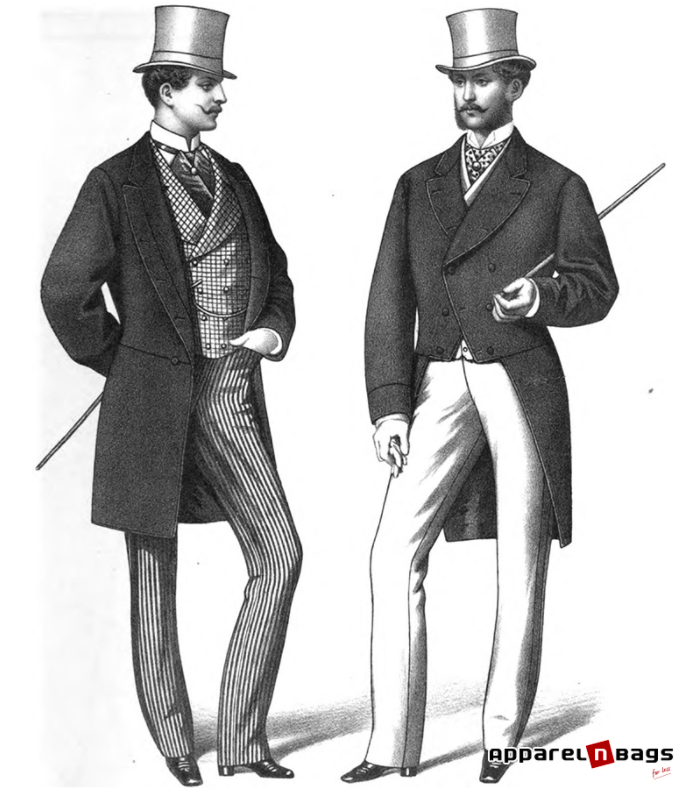Size Always Matters: Inclusivity in Fashion
A model poses in one of the originators of haute-couture Charles Fredrick Worth’s designs in 1923.
Photo Courtesy of Timeline
When discussing the flaws and shortcomings that the fashion industry has perpetuated, in particular the lack of inclusivity in body standards for both women and men, the origins of the standard American sizing system have to be taken into account. Before there was any sort of sizing system, most households made and tailored their clothes themselves. Clothes created by other parties were a luxury that the upper-class was regularly able to indulge in.
Beauty standards are a reflection of a society's own culture and perceptions, so when that society has an imbalance of influence on said beauty standards, they will more than likely only reflect the culture and perception of a select few and not the majority. Once sizing standards even began to develop, an imbalance of perception could still be seen based on the people that the sizes were built around.
In the1940ss, women’s sizing was based o a small paid volunteer-based study including low socioeconomic white women, typically with hour-glass figures. This wasn’t and still isn’t an accurate reflection of the average American woman, being that there was no good cross-section or variety of women in the sample group originally sized. Today, the average American woman wears a size 14 which is considered plus size. During the time of the study, a size 8 was equivalent to a 14 today. If plus size is supposed to mean larger than average, then it’s safe to say this isn’t a good representation of what plus size is.
As for the modeling industry, designers began to use thinner models since their bodies wouldn’t be a distraction to the clothes thus excluding heavier women from high fashion. Lane Bryant is known for being the first brand to cater to what they called “stout” women. Almost half a century after Lane Bryant was founded, plus-size modeling agency Mary Duffy’s Big Beauties was the first company to work with tons of plus-size brands and advertisers with the hope of adding their models to the forefront of the industry.
Wealthy men in the 1800s would be seen wearing outfits like such with top hats and trench coats.
Photo Courtesy of ApparelnBags Blog
In contrast to the women’s population, the fashion industry had a weaker desire to be more inclusive of men’s clothes. War was the influential variable in this process, as men’s uniforms were being mass-produced and were expected to fit, as well as be readily available. But aside from the more prominent availability and better fitting silhouettes, men’s fashion itself has not progressed from an aesthetic point of view. Men’s fashion is still rooted mostly in the physical purpose of their clothing, needing to just check off the points for durability, comfort, and broad masculinity. The various body sizes of men weren’t taken into consideration either unless referring to larger men and “big and tall”. The only focus was delivering clothes outlined by the military image; women’s fashion also saw this generalization with extensions to their sizes with the use of “extra long” or “wide”.
In the way that women’s clothing is restrictive in sizing and availability, men’s clothing is lacking in terms of creative expression. Clothing that is bright, flamboyant, or deemed feminine in any way has the connotation of being queer, therefore somehow non-masculine. Men’s own fear of being perceived as queer holds back men’s fashion as a whole, keeping the standard look as bland, informal, and unchanging as uniforms. With the fashion world becoming more open-minded every day, men will be able to have not only the creative freedom and liberty that women have with their clothes but an equally ready selection to choose from.
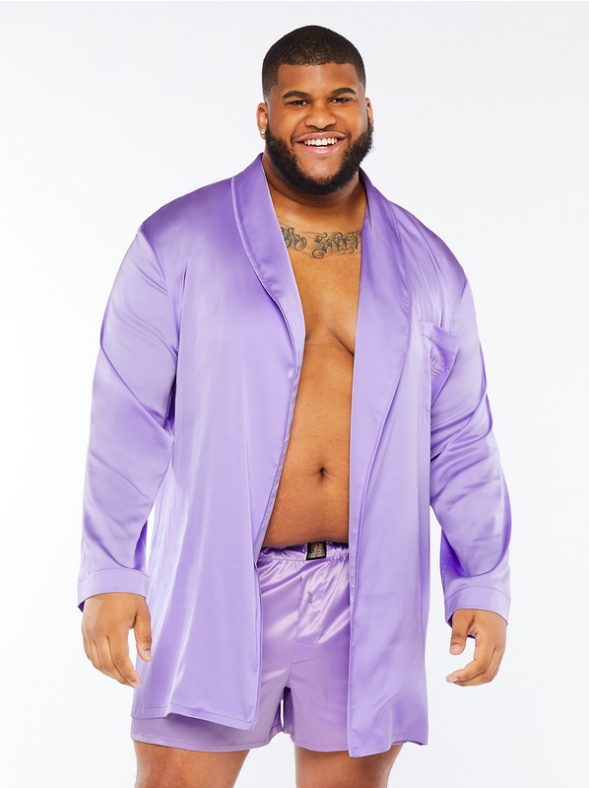


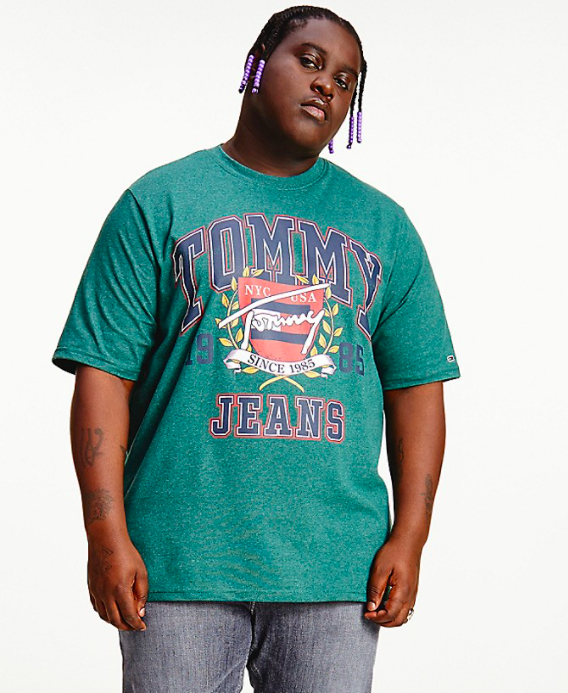
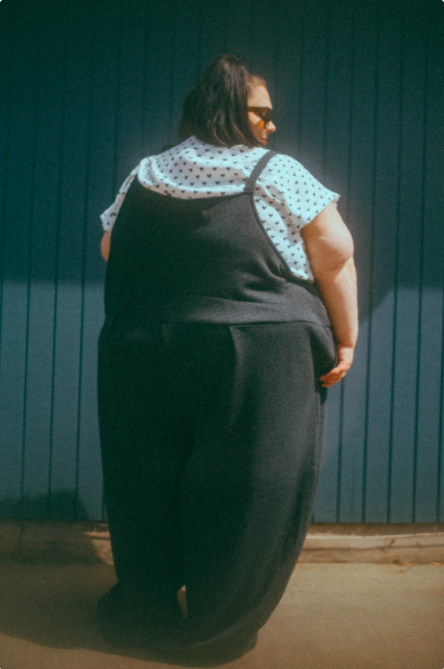
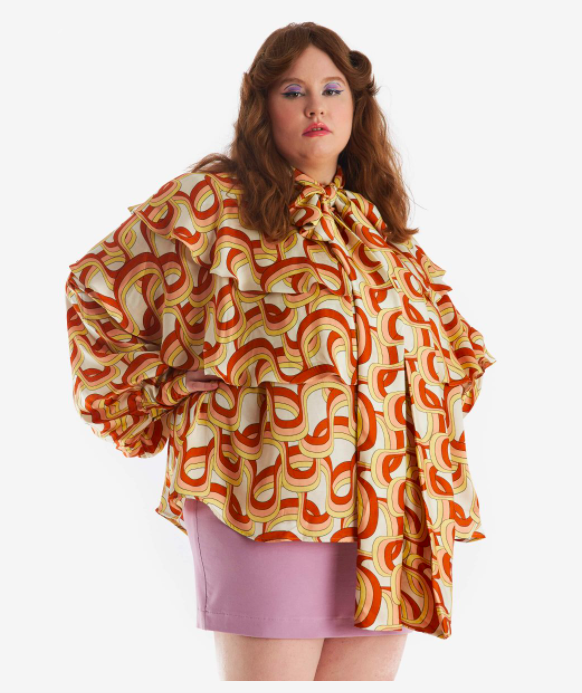
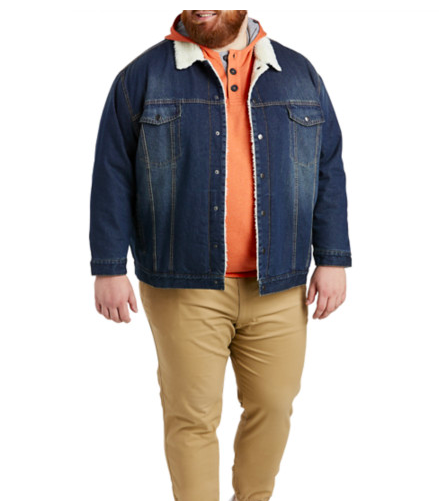

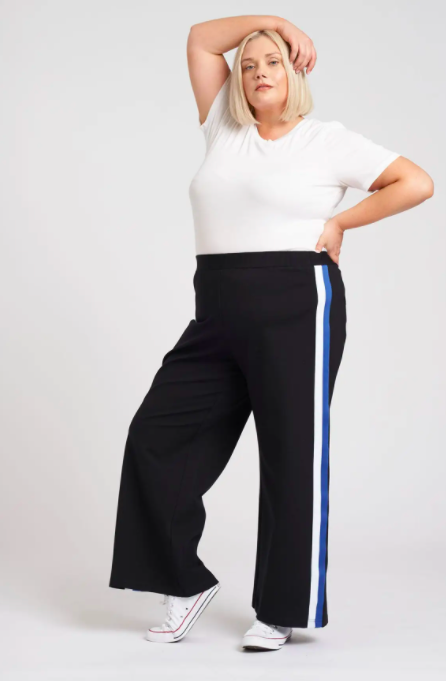
While both women’s and men’s fashion both have their own struggles, it is evident that most issues lay in the hands of brands and producers. Consumers, no matter their gender or size, shouldn’t have to go out of their own way to find clothing that feels, fits, and looks good to them. Brands must shift to catering consumers since they are the audience that is keeping them in business in the first place.
There are some brands like Lane Bryant, Savage Fenty, Old Navy, Eloqui’i, Rebdolls, Fashion to Figure, Universal standard, etc. that try to reach their audiences where needed. Of course, no brand is perfect and there are aspects that each of these brands could work on as well; there are plenty of smaller, and perhaps even better, brands that work diligently to cater to their customers.
Edited by Kieryn Alexander

